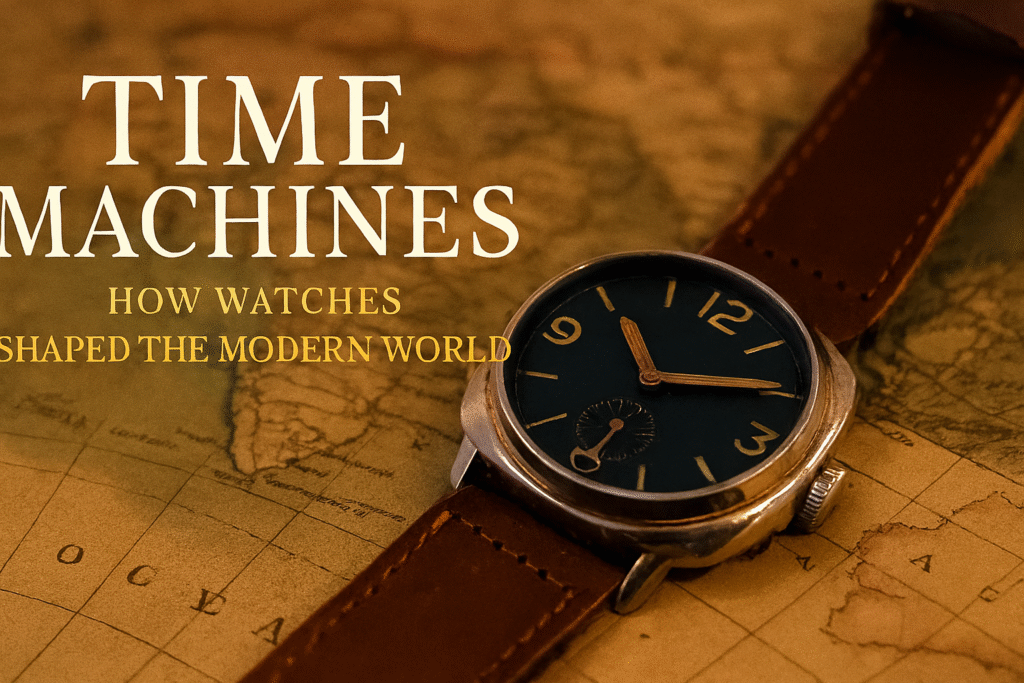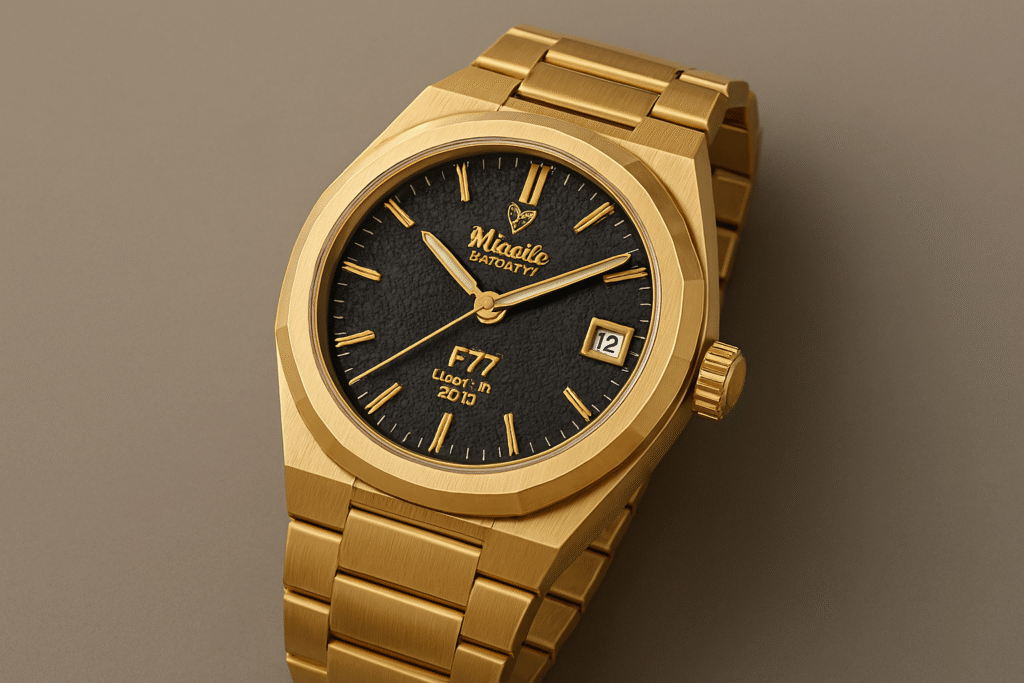Introduction: How Watches Shaped the Modern World
Time Machines – How Watches Shaped the Modern World explores 100 iconic watches. It explains how wristwatches evolved from practical tools into symbols of culture, design, and personal style. From early pilot watches to modern smartwatches, the book illustrates the evolution of watches and their impact on fashion, technology, and society.
Understanding the Evolution of Watches
- Why wristwatches replaced pocket watches
- Iconic timepieces that transformed watch design and technology
- How watches reflect culture, fashion, and personal identity
- Why wristwatches continue to influence style and lifestyle
Related content: The History of Luxury Watches and Omega Speedmaster History.
Wristwatch Milestones and Modern Watch History
In the early 20th century, wristwatches became essential for soldiers, pilots, and explorers. They offered faster access to time than pocket watches. Over decades, watches evolved into:
- Tools for navigation, diving, and racing
- Symbols of status and achievement
- Fashionable accessories reflecting style and taste
See also: Rolex History and Iconic Models and Fondation de la Haute Horlogerie for insights into global watch culture.
Iconic Timepieces That Shaped Modern Watch History
The book highlights watches that defined eras:
- Cartier Santos (1904): First wristwatch for pilots
- Rolex Oyster (1926): First waterproof case
- Omega Speedmaster (1969): Worn on the moon
- Swatch (1983): Made watches fashionable and accessible
- Apple Watch (2015): Combined traditional timekeeping with digital features
Why Collectors Should Explore the Evolution of Watches
Time Machines connects history, design, and culture. Readers see how watches influenced fashion, technology, and lifestyle. The book shows why these timepieces matter and their role in shaping modern watch history.
FAQs
Q: How many watches are featured?
A: 100 watches from 1900 to today.
Q: Are smartwatches included?
A: Yes, including the Apple Watch.
Q: Who should read this book?
A: Collectors, designers, and anyone interested in watch history.
Q: What makes it unique?
A: It blends cultural stories with technical milestones in watchmaking.
Small Luxury Hotels FAQ
Introduction
This small luxury hotels FAQ answers common questions about boutique stays. It explains definitions, differences with large chains, and which services to expect. In addition, it covers family options, sustainability, and tips on finding the right property.
What defines a small luxury hotel?
- Fewer than 100 rooms.
- Personalized attention and privacy.
- Strong links to local design.
- Locations in unique urban or rural areas.
As a result, travelers often choose them for a more intimate experience. Moreover, their distinctive style sets them apart from standardized hotels.
Why choose a small luxury hotel?
Personal service
Staff remember guest details, therefore creating a sense of familiarity.
Calm spaces
Unlike large hotels, these properties feel quieter, so you can relax more easily.
Local culture
For example, menus highlight regional produce, and interiors reflect local crafts.
In addition, many guests return because the experience feels authentic.
How do small luxury hotels differ from large chains?
Guest experience
Small hotels provide tailored attention, while chains rely on uniform systems.
Property identity
Each boutique hotel has its own theme. On the other hand, large chains repeat formats worldwide.
Dining approach
Menus change seasonally and locally. Therefore, guests enjoy fresh variety instead of standard global menus.
Are small luxury hotels only for leisure stays?
Business features
- Lounges double as meeting rooms.
- Private dining options support work dinners.
Digital needs
- Fast Wi-Fi supports remote work.
- Quiet spaces help concentration.
Because of these advantages, small luxury hotels appeal to both business and leisure travelers.
What services can you expect?
- Concierge services for tours and dining.
- Fine dining menus with seasonal ingredients.
- Spa and wellness treatments.
- Added extras like minibars and welcome gifts.
Moreover, services shift depending on location. For example, a city hotel might offer cultural tours, while a rural retreat offers farm experiences.
Are small luxury hotels family-friendly?
Options for families
- Connecting rooms for parents and children.
- Child-friendly amenities such as menus or games.
Adults-only stays
- Some properties focus on privacy.
- Guests find peaceful, child-free environments.
Therefore, always check booking policies, because each hotel sets its own approach.
Do these hotels support sustainability?
Sourcing and dining
Farm-to-table meals reduce transport impact. In addition, guests enjoy fresher produce.
Environmental focus
Plastic use is restricted, while refillable bottles are encouraged. Smart energy systems reduce wastage.
Local involvement
Hotels support the community by hiring regionally. As a result, growth extends beyond the property.
How do you find the right small luxury hotel?
Define needs
Decide if food, spa, culture, or privacy is your top priority.
Check guest feedback
For example, repeat reviews about service often signal consistency.
Compare value
Packages may include meals, transfers, or early check-in. Therefore, higher prices can still deliver stronger value.
Are small luxury hotels worth the price?
Value of service
Guests pay for attention, comfort, and privacy. Moreover, experiences feel tailored and unique.
Extras add value
Some hotels include exclusive experiences or benefits. Finally, weigh these extras against nightly rates.
As a result, many travelers feel these hotels justify their price when quality matters most.


